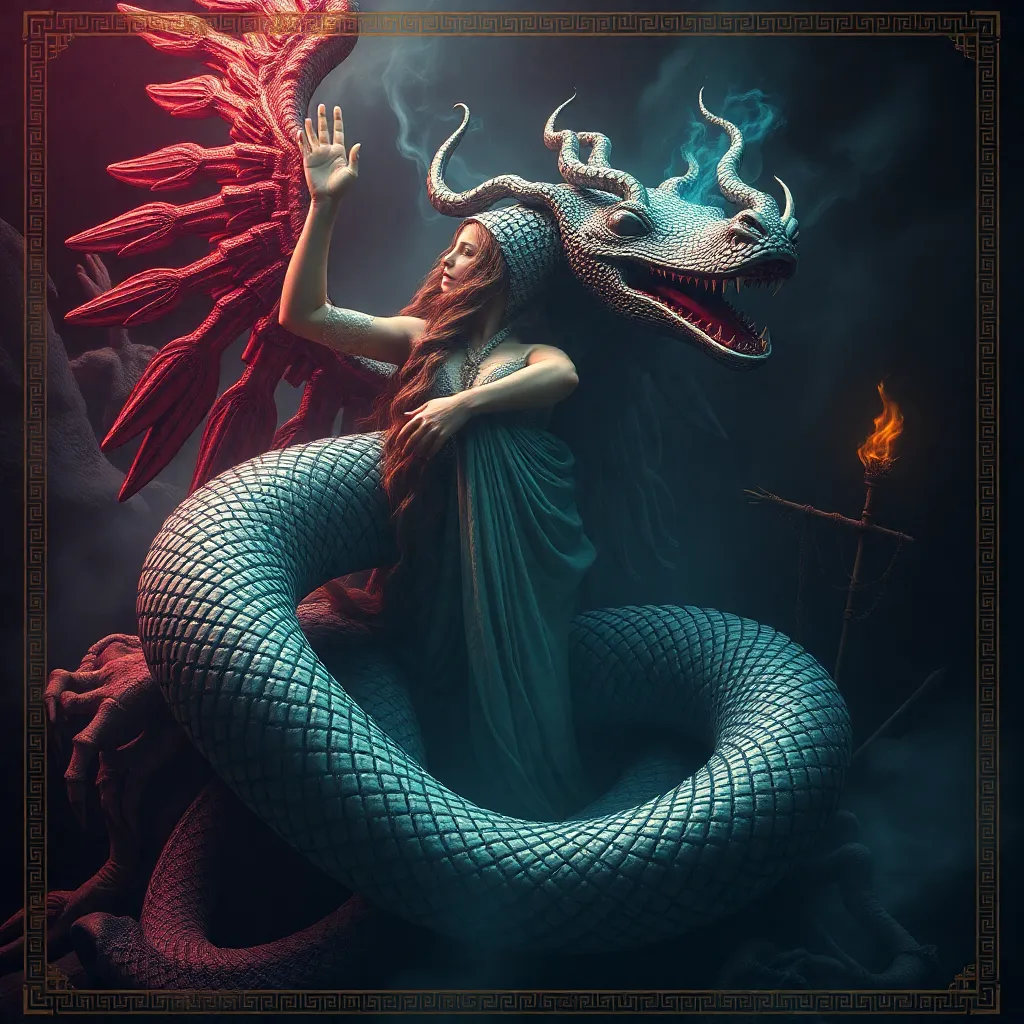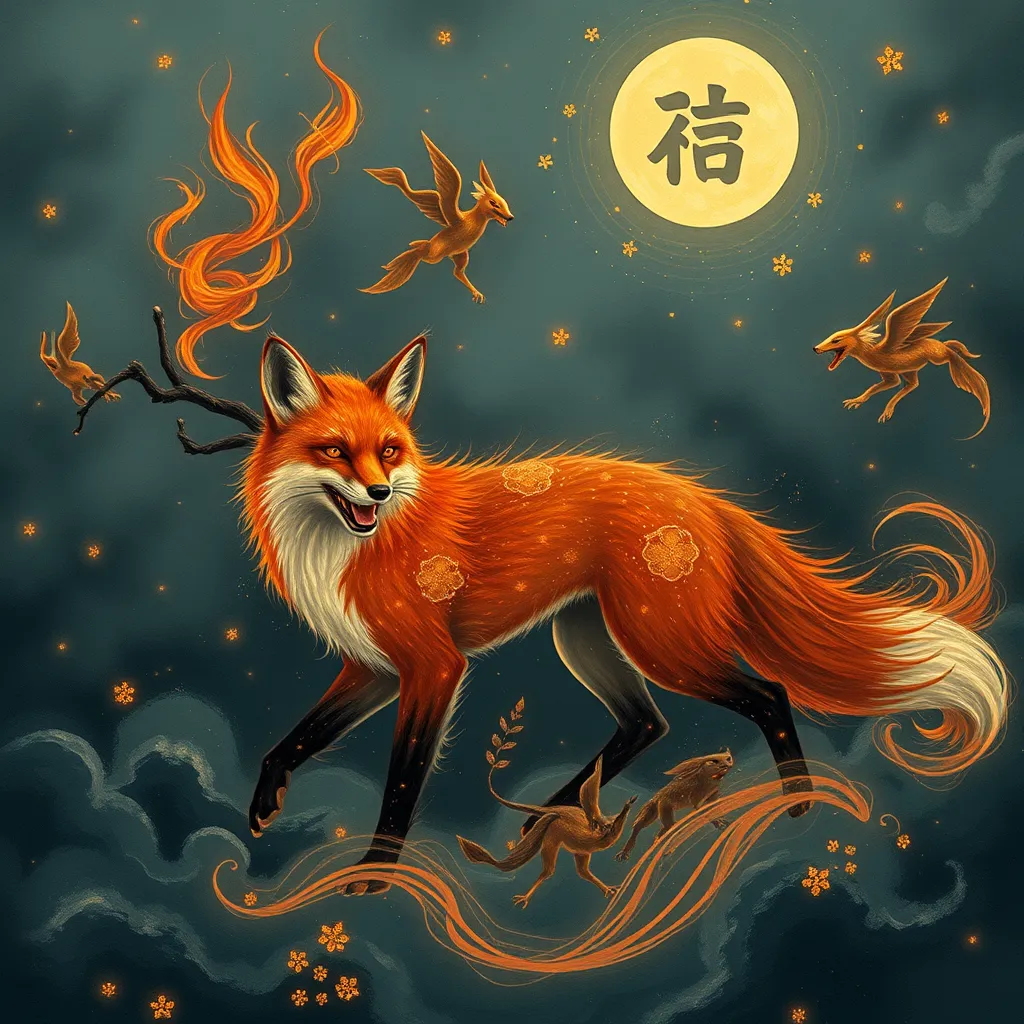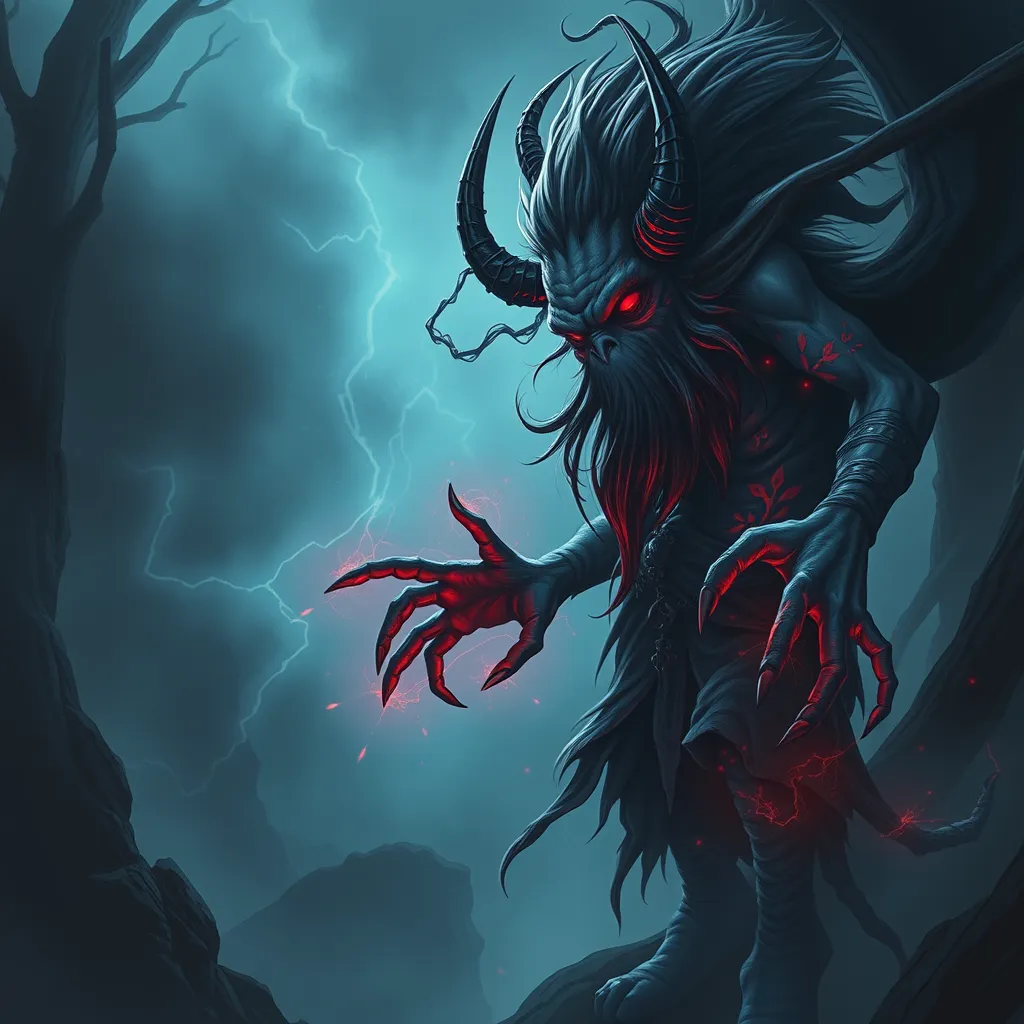Echidna and the Gods: Examining the Serpent-Woman’s Relationship with the Olympian Pantheon
I. Introduction
Echidna, often referred to as the “Mother of Monsters,” occupies a unique and significant position in Greek mythology. As a serpent-woman, her narrative intertwines with the tales of gods and heroes, showcasing the complex dynamics of divine and monstrous realms. Understanding Echidna’s relationship with the Olympian gods not only highlights her role within the mythological canon but also reflects broader themes of chaos, creation, and the battle for order in the universe.
This article aims to explore Echidna’s mythological origins, her role as a progenitor of monsters, her interactions with the Olympian pantheon, and her thematic representation in art and literature. By examining these aspects, we can better appreciate the nuanced relationship between Echidna and the gods of Olympus.
II. The Mythological Origins of Echidna
Echidna is depicted as a fearsome creature, often described as half-woman and half-serpent. According to Hesiod’s “Theogony,” she is the daughter of Phorcys and Ceto, primordial beings associated with the sea and monsters. This lineage places Echidna among the ancient forces of chaos that predate the Olympian gods.
Her connection to other primordial beings, including the Titans, reinforces her position as a significant figure in ancient Greek cosmology. As a creature born from the depths of the ocean, Echidna embodies the chaotic and unpredictable nature of the natural world.
III. Echidna’s Role as the Mother of Monsters
Echidna’s offspring are some of the most notable figures in Greek mythology, representing various aspects of fear and power. Her children include:
- Typhon: A monstrous giant often considered the father of all monsters, he challenged Zeus for supremacy over the cosmos.
- Cerberus: The three-headed dog who guards the entrance to the Underworld, symbolizing the boundary between the living and the dead.
- The Chimera: A hybrid creature that embodies the chaotic amalgamation of different animals, signifying the unpredictable forces of nature.
The significance of her motherhood lies in the implications it has for divine order. Echidna’s offspring often challenge the Olympian gods, representing the eternal struggle between chaos and order, a central theme in Greek mythology.
IV. Echidna and the Olympian Gods
The Olympian pantheon, consisting of twelve major gods, is characterized by their distinct personalities and domains. Key figures such as Zeus, Hera, and Poseidon often interact with Echidna in various mythological narratives.
Some notable interactions include:
- Echidna and Typhon: Together, they represent a formidable threat to the gods, culminating in a legendary battle against Zeus.
- Echidna’s encounters with Heracles: Heracles, as a hero, often confronts Echidna’s monstrous offspring, reinforcing the theme of heroism versus monstrosity.
While Echidna is predominantly portrayed as an antagonist, there are moments of cooperation, particularly in the context of her children. The duality of her relationships with the gods reflects the complex nature of good and evil in Greek mythology.
V. Thematic Representation of Echidna in Myth
Echidna’s characterization as a serpent-woman carries deep symbolic meaning. She embodies themes of chaos versus order, representing the primal forces that the Olympian gods sought to control. Her existence challenges the stability that the gods strive to maintain.
Key themes in her narratives include:
- Creation and Destruction: Echidna’s offspring contribute to both the creation of new myths and the destruction of order established by the gods.
- Feminine Power: As a female figure, Echidna subverts traditional gender roles, showcasing a powerful maternal instinct that produces both beauty and terror.
This duality highlights the intricate balance between chaos and order, a recurring motif in Greek mythology.
VI. Echidna in Art and Literature
Throughout ancient Greece, Echidna has been depicted in various forms of art, from pottery to sculptures. These artistic representations often emphasize her serpentine features and monstrous nature, capturing the fear and fascination she invokes.
Literary sources, such as Hesiod’s “Theogony” and later Roman adaptations, provide insight into her character and significance. Over time, her portrayal has evolved, reflecting changing cultural attitudes toward femininity, monstrosity, and the divine.
In the Renaissance and beyond, Echidna’s image has been reinterpreted, often emphasizing her role as a symbol of female power and chaos in contrast to the orderly world of the Olympian gods.
VII. Comparative Analysis: Echidna and Other Mythological Figures
Echidna shares similarities with various serpent or monster figures across different mythologies, such as:
- Venomous Serpents: Figures like Tiamat from Babylonian mythology embody chaos and destruction similar to Echidna.
- Other Monster Mothers: Figures like Scylla and Medusa also represent the theme of monstrous femininity.
In contrast, Echidna’s hybrid nature distinguishes her from goddesses like Athena or Artemis, who embody order and virtue. This juxtaposition serves to highlight the complexity of female representation in mythology and underscores the significance of Echidna’s role as a bridge between chaos and divine order.
VIII. Conclusion
Echidna’s relationship with the Olympian gods is complex and multifaceted, marked by themes of chaos, motherhood, and the eternal struggle between order and disorder. As the Mother of Monsters, she represents the primal forces that challenge the established order of the gods, creating a dynamic interplay between creation and destruction.
Her enduring legacy in mythology and culture invites reflection on the implications of her narratives for understanding divine dynamics. Echidna serves as a reminder of the powerful and often chaotic forces that shape our world, embodying the complexities of existence itself.



